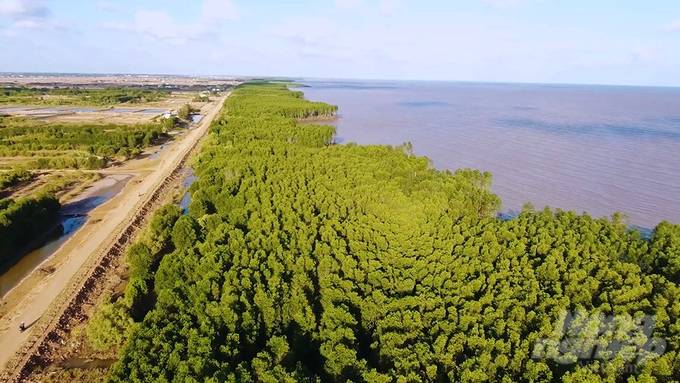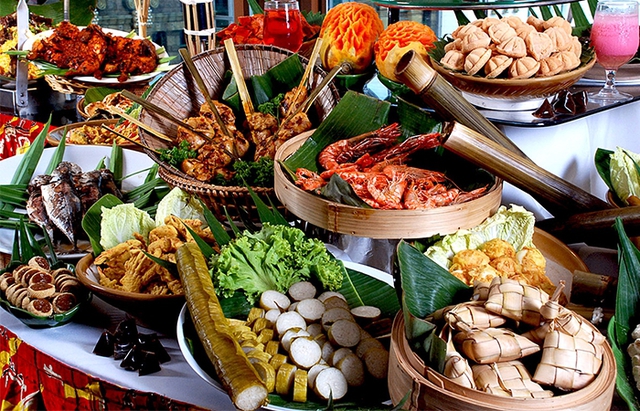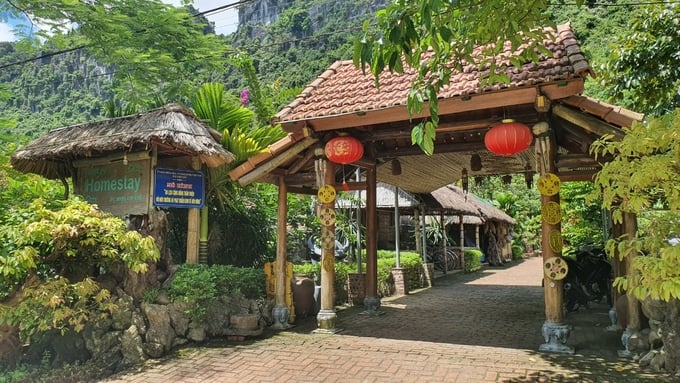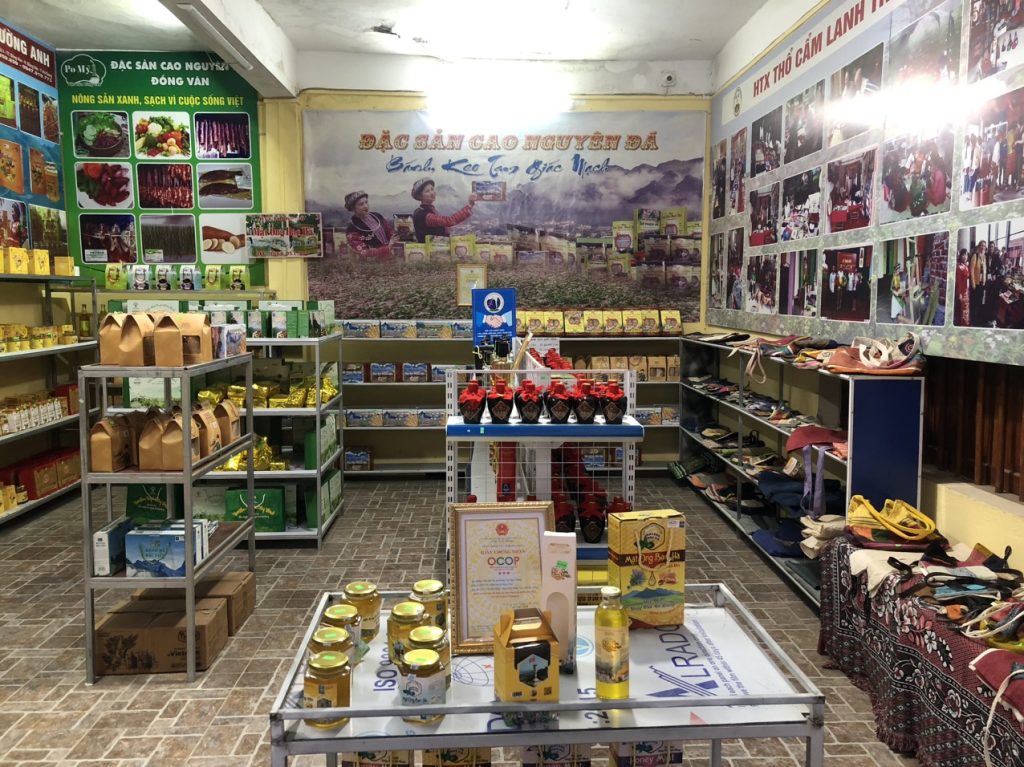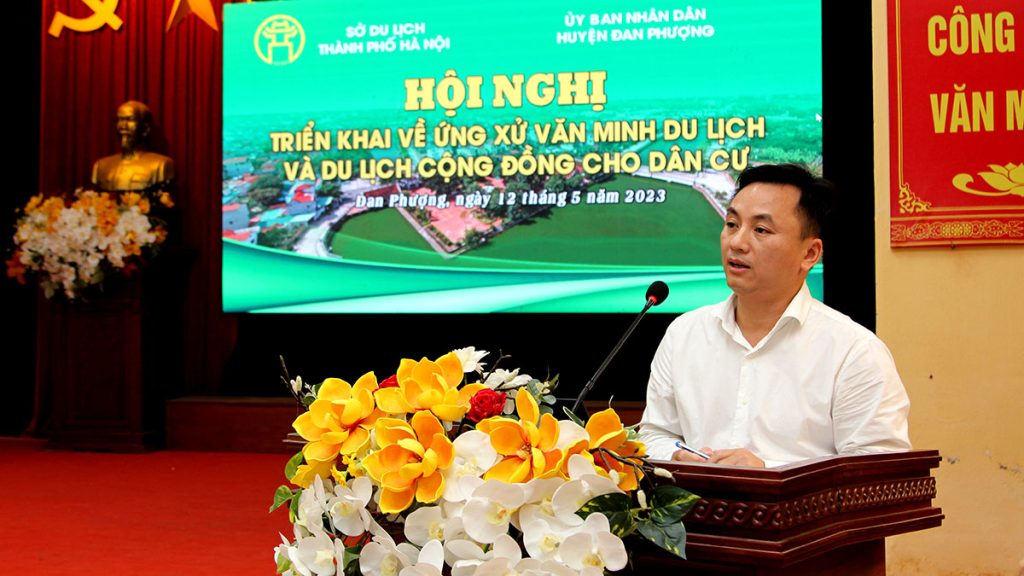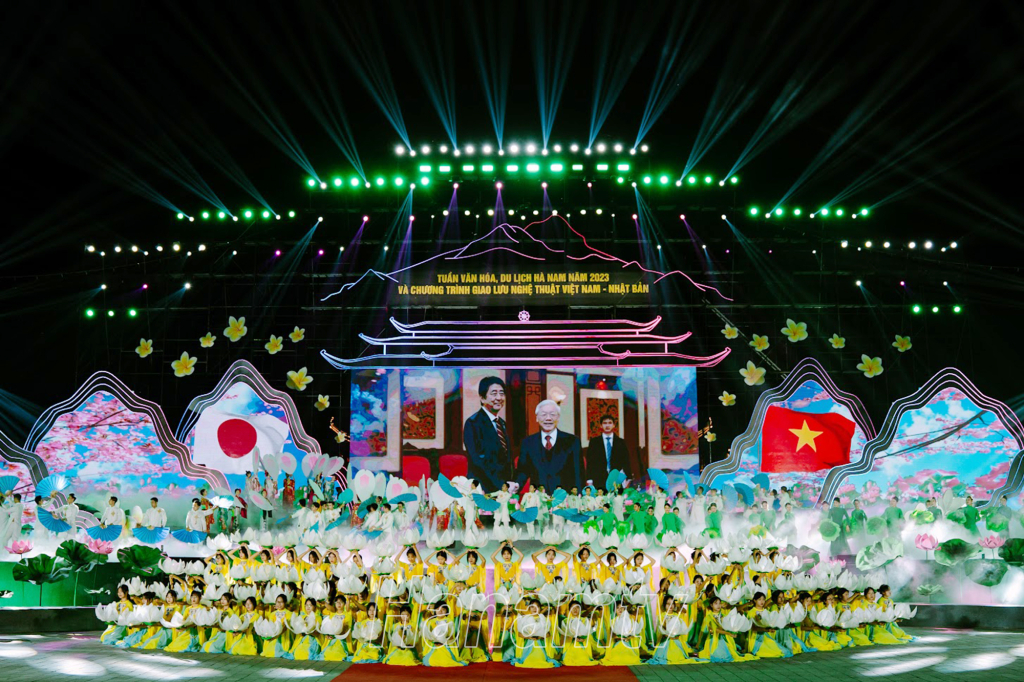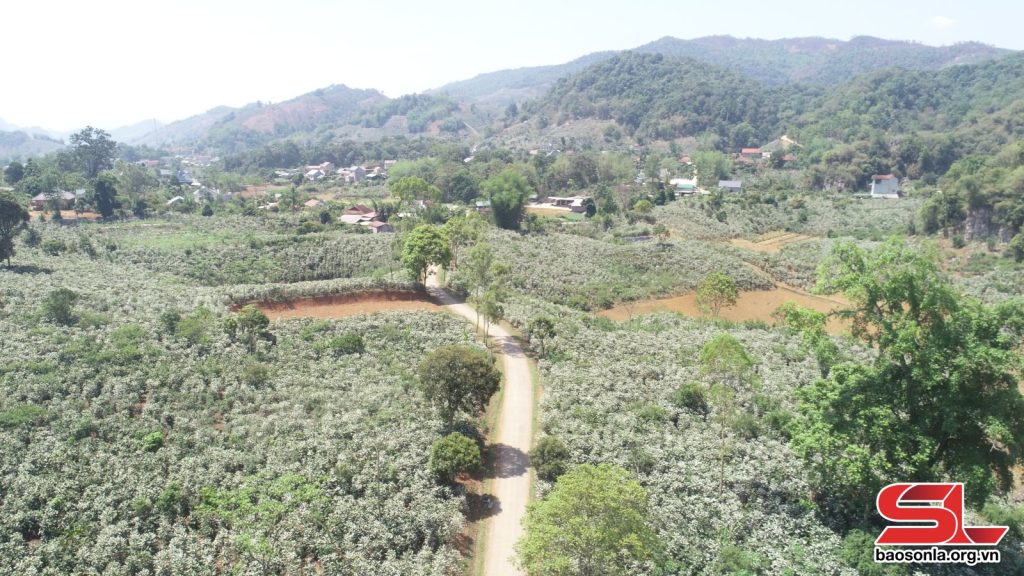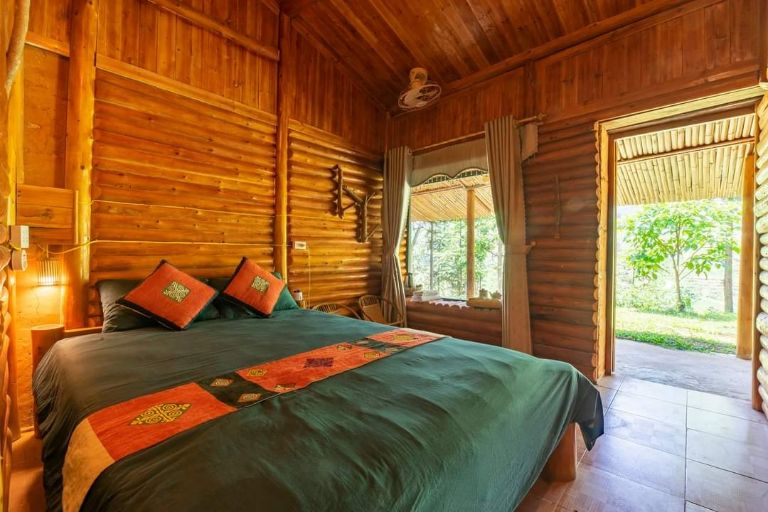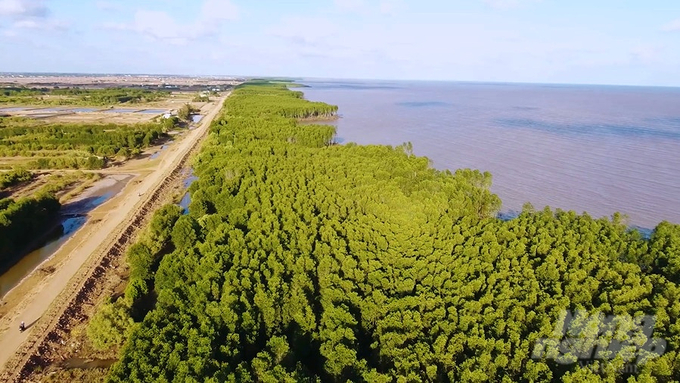
Soc Trang province’s planning for the period 2021 – 2030, with a vision to 2050, sets the goal of increasing forest coverage in the area to 3% by 2030. Photo: Van Vu
According to Ms Phan Thi Truc Giang, Director of the Forest Protection Department of Soc Trang province, to achieve the goal of increasing forest coverage to 3% by 2030, The locality is making efforts to stabilize the existing forest area, regenerate and restore forest areas with low reserves. However, to serve the call for investment, a part of the production forest area and sea protection forest must be converted to serve economic development. This will affect the coverage target.
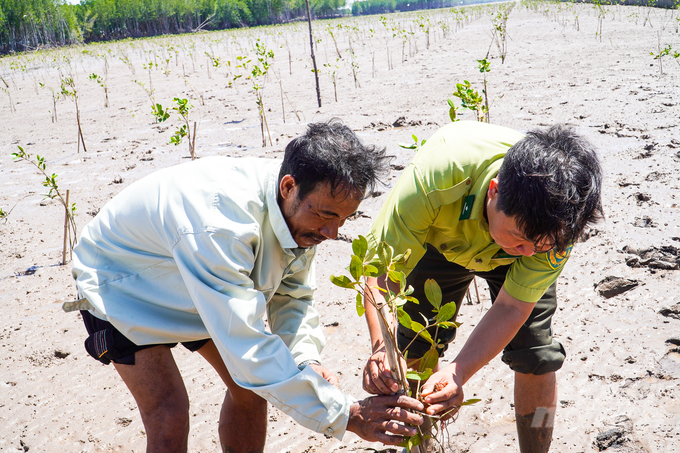
Soc Trang Provincial Forest Protection Department strives to stabilize the existing forest area and regenerate and restore forest areas with low reserves. Photo: Kim Anh
Therefore, the Forest Protection Department of Soc Trang province is taking advantage of resources from forest development programs and projects invested by the central government to develop the forest area. A typical example is the Project on Restoration and Sustainable Management of Coastal Forests in the Mekong Delta to increase the ability to adapt to climate change (CC), with a loan from the Asian Development Bank (ADB) and non-refundable aid from the Dutch Government. It is expected that the province will plant 500 ha of coastal protection forests and 100 hectares of riverside forests.
In the Smart Coastal Communities project adapting to climate change in Vietnam will be implemented from 2024 – to 2027, it is expected that 50 heaof protective forest will be newly planted; delineate and restore about 162 ha and plant 150,000 trees scattered in coastal communes.
In addition, the People’s Committee of Soc Trang province also creates conditions to support economic organizations interested in investing in afforestation. Recently, the Sao Ta Food Joint Stock Company agreed on a policy to establish a project to plant 300 ha of coastal protection forest. In protective forests, Soc Trang province also orients the development of eco-tourism, resorts, and entertainment and assigns forest owners to develop development plans. Interested organizations and individuals will directly contract with forest owners to rent the forest environment or cooperate and associate in business towards sustainable management. Among them, Cu Lao Dung district was chosen as the key tourism development district of the province. With the orientation of “tourism, services, high-class resorts and a place worth living for people inside and outside the province”.
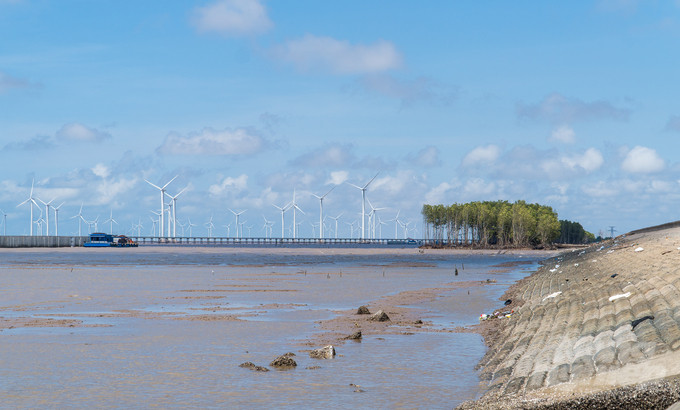
Overview of forest development to 2030 of Soc Trang province, mangrove nature reserves, species conservation areas – melaleuca forest habitats will be formed. Photo: Kim Anh
In the future, this island will form functional areas with various types of gardens, coastal, and ecological tourism, and ecotourism under the forest canopy combines general services, entertainment, sports, golf courses, coastal urban areas, and cable cars. In the overall picture of development until 2030 of Soc Trang province, the value of forests will be maximized. Mangrove nature reserves; Melaleuca forest species conservation area will be formed, contributing to the construction and development of several conservation facilities, and protecting endangered, precious and rare species of animals and plants.
Authors: Kim Anh – Van Vu
Translated by Hoang Duy – https://vietnamagriculture.nongnghiep.vn/

